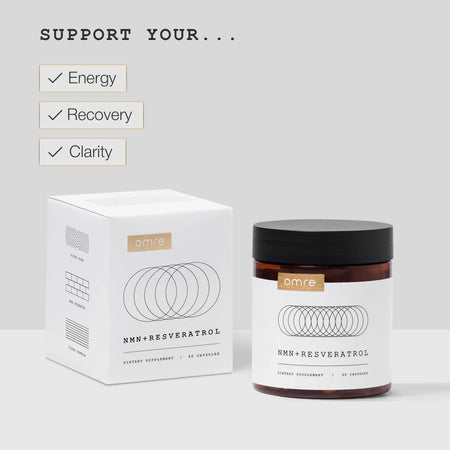As we age, our bodies undergo a variety of changes, some of which can be surprising or concerning. One common issue that many seniors face is urinary incontinence. Understanding this condition and its relationship with aging is crucial for maintaining quality of life as we grow older. This article will explore the question of whether urinary incontinence is a normal part of aging, shedding light on its prevalence, causes, and available treatments.
Is urinary incontinence a normal part of aging?
Urinary incontinence is not considered a normal part of aging, although it is more prevalent among older adults. Many people believe that experiencing urinary incontinence is an inevitable consequence of getting older, but it is important to understand that it is often a symptom of underlying health issues rather than a natural aspect of the aging process.
Understanding Urinary Incontinence
Urinary incontinence is defined as the involuntary loss of urine. It can range from occasional leaking to a complete loss of bladder control. This condition affects millions of people worldwide and can significantly impact their daily lives, leading to embarrassment, social withdrawal, and a decrease in overall well-being.
Types of Urinary Incontinence
There are several types of urinary incontinence, each with its own causes and characteristics:
- Stress Incontinence: This occurs when physical pressure is placed on the bladder, often due to activities such as coughing, sneezing, laughing, or exercising.
- Urge Incontinence: Characterized by a sudden, intense urge to urinate followed by involuntary leakage, urge incontinence may be caused by bladder irritation or neurological conditions.
- Overflow Incontinence: This type occurs when the bladder is unable to empty completely, leading to frequent or constant dribbling of urine.
- Functional Incontinence: This is a result of physical or cognitive impairments that prevent a person from reaching the bathroom in time.
Causes of Urinary Incontinence in Older Adults
While aging can contribute to the development of urinary incontinence, it is not the sole cause. Several factors may lead to this condition in older adults:
- Muscle Weakness: The pelvic floor muscles and bladder muscles can weaken with age, reducing bladder control.
- Hormonal Changes: Women may experience changes in estrogen levels during menopause, which can affect bladder function.
- Medications: Certain medications can have side effects that impact bladder control.
- Medical Conditions: Diabetes, stroke, multiple sclerosis, and other health issues can contribute to urinary incontinence.
- Prostate Problems: In men, an enlarged prostate or prostate surgery can lead to urinary control issues.
Prevalence of Urinary Incontinence in Older Adults
Research indicates that urinary incontinence is more common among older adults, with studies showing that approximately 30-50% of women and 15-30% of men over the age of 65 experience some form of incontinence. However, this does not imply that it is a normal part of aging. Many older adults do not experience incontinence, indicating that it is not an unavoidable outcome of getting older.
When to Seek Help
If you or a loved one is experiencing urinary incontinence, it is essential to consult a healthcare professional. This condition can often be treated effectively, and seeking help can lead to significant improvements in quality of life. Do not hesitate to discuss any concerns regarding bladder control, as many physicians are well-equipped to help manage this issue.
Treatment Options for Urinary Incontinence
Fortunately, there are various treatment options available for urinary incontinence, ranging from lifestyle changes to medical interventions:
- Lifestyle Modifications: Simple changes such as reducing caffeine and alcohol intake, maintaining a healthy weight, and practicing bladder training can help manage symptoms.
- Pelvic Floor Exercises: Kegel exercises can strengthen pelvic floor muscles, improving bladder control.
- Medications: Certain medications can help manage urge incontinence by relaxing the bladder or enhancing its capacity.
- Medical Devices: Pessaries and other devices can be used to support the bladder and prevent leakage.
- Surgery: In severe cases, surgical options may be considered to provide more permanent solutions to incontinence.
Conclusion
In summary, while urinary incontinence is more common among older adults, it is not considered a normal part of aging. Understanding the various types and causes of urinary incontinence can empower individuals to seek help and explore treatment options. If you or someone you know is experiencing urinary incontinence, it is essential to consult a healthcare professional for an accurate diagnosis and effective management strategies. By addressing this condition, individuals can improve their quality of life and continue to engage fully in their daily activities.
Stay Sharp, Stay Energized, Stay Ahead
Aging doesn’t have to slow you down. NMN + Resveratrol is your key to sustained energy, sharper focus, and long-term vitality. Whether you're a high performer pushing boundaries, a biohacker optimizing every aspect of life, or a parent looking to keep up with the demands of daily life, this powerful combination fuels your body at the cellular level.
Backed by science and trusted by those who refuse to settle for average aging, NMN + Resveratrol helps you stay ahead—today, tomorrow, and for years to come.
Experience the benefits for yourself. Start your journey to better aging now!
Try NMN + Resveratrol Today!
NMN + RESVERATROL
Cellular NAD+ booster with ultra‑pure NMN and Resveratrol, at research‑backed doses.*
Read more:


